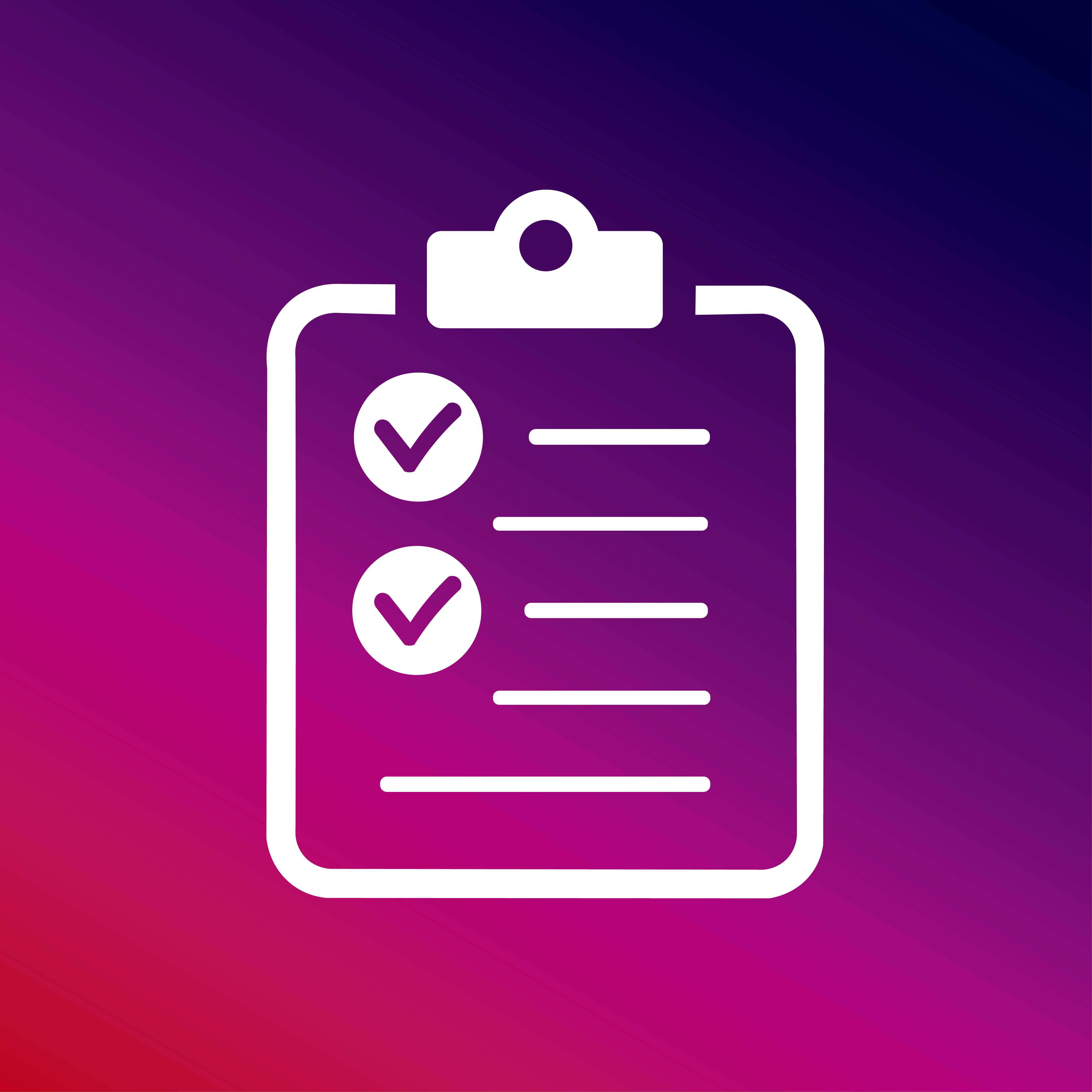How-To Guide for Writing a Website Development Project Brief

A well-written website development project brief ensures that your developer understands your project's needs and objectives. Writing one can be difficult because you want to include all the necessary information without overwhelming your developer with data. Learn how to write a website development project brief that is clear and concise while still including all the necessary details.
A project brief for website development is a document that outlines the key expectations, requirements, and processes of the project. This document serves as a reference point for both the client and the development team throughout the project.

The Purpose of a Website Development Brief
When commissioning a website, it is important to provide the development team with a clear and concise brief. The brief will serve as the project's foundation.
As a result, all stakeholders must reach an agreement before beginning work. By clearly defining the scope of the project from the start, you can help to ensure that the final website meets your expectations.
A well-crafted brief can also help to keep costs under control by preventing scope creep. So, if you plan to build a new website, make sure to prepare a thorough brief and proofread it thoroughly to avoid mistakes. If you require editing assistance, you can turn to the writing service professionals such as Best Writers Online.
How to Write a Website Development Brief
Let's look at how to write a clear and concise website development project brief.
1. Give a Brief Description of the Business for Which the Site Is Intended
Before anything else, it is important to have a clear understanding of the business for which the website is being developed. It may seem like a trivial point, but it is essential in ensuring that the finished product is aligned with the company's objectives.
To get a better sense of the business, it is helpful to provide a brief description of the company, its products or services, and its target audience. It will give the development team a better sense of what direction to take the project in.
Additionally, it is also helpful to provide relevant background information, such as the history of the company or recent newsworthy events. By doing this, you can ensure that the final product is truly reflective of the business that it represents.
2. Come Up With a Project Overview
The overview should include a description of the project, its goals, target audience, and expected timeline. Once you have an overview of the project, you can begin to flesh out the details in each section of the brief. By taking the time to create a comprehensive website development brief, you can save yourself a lot of time and headaches down the road.
3. Define the Project's Goals
By defining the project's goals from the outset, you can ensure that your website is built with purpose and direction. You can do it by asking questions like:
-
What is the website supposed to achieve?
-
Are you looking to increase sales, generate leads, or simply raise awareness of your brand?
Once you have identified the primary goal, you can start to develop a plan for how the website will help you achieve it. For example, if you are looking to generate leads, you should include a strong call-to-action on every page.
Alternatively, if you are looking to increase sales, you will need to ensure that your product pages are clear and informative. If writing high-quality content is not your strong suit, essay review services like Writing Judge can help you overcome the issue in a short time.
4. Outline the Target Audience for the Website
Without a clear understanding of who the website is for, it will be difficult to create a site that appeals to users and meets their needs. When outlining the target audience, consider factors such as age, gender, location, and interests.
Once you have a good idea of who the website is for, you can begin to develop content and features that will appeal to your target users. Additionally, tailoring the website to a specific audience will help you more effectively market the site once it is launched.
5. Determine What Content Will Be Included on the Website
It may seem like a straightforward task, but it is important to take the time to think about what content will be most useful for your visitors. Ask yourself what information you want to convey and what actions you want your visitors to take.
You should also ensure that your content is proofread and error-free. You can do this by contacting writing services such as Trust My Paper, which will assist you in making your material look professional.
Once you have a clear idea of the content you want to include, you can begin developing a plan for how it will be organized. Keep in mind that the layout and design of your website should support the user experience.
It is important to strike a balance between form and function. With a clear understanding of your goals and your audience, you can develop a content strategy that will help you achieve your objectives.
6. Research Competitors to see What is Missing
Researching competitors will give you a good idea of what is already out there and will help inform your decisions about what you want your website to achieve. To do it, you should search for websites in your industry or sector and take a look at what they are doing well and where they could improve.
Once you have a good understanding of the competition, you can start to think about how you want your website to stand out from the crowd. Remember, your website development brief should be a unique document that reflects the specific needs and goals of your business.
7. List the Design Requirements and Specifications
In this section, you should provide detailed information on what you want the finished site to look like. Include specific colors, fonts, or other visual elements that you want to use. If you have a logo or other branding materials, be sure to include them here.
You should also provide links to examples of websites that you like. While it is helpful to provide some direction, try not to be too prescriptive. The design team will need some creative freedom to come up with the best possible solution for your needs.
8. Create a Timeline for the Project
When creating a timeline for your website development project, there are a few factors to keep in mind. First, you should determine the scope of the project. How many pages will the site have? Will there be any complex features or functionality?
Once you have a sense of the project's size and complexity, you can start to develop a timeline. In general, smaller projects can be completed in 4-6 weeks, while larger projects may take 8-10 weeks or more. Once you have created a timeline for the project, be sure to communicate it to your development team so that everyone is on the same page.
9. Set a Budget for the Project
How much can you afford to spend on this project? Keep in mind that cheaper does not always mean better.
If you try to cut corners on your budget, it could end up costing you more in the long run. Work with your web development team to come up with a realistic budget for your project.
10. Discuss How You Intend to Handle Hosting and Maintenance
There are many options when it comes to hosting a website. Your development team can help you to choose the best option for your needs, based on factors such as traffic volume, budget, and required features.
Once your website is up and running, regular maintenance will be required to keep it functioning properly. It can include tasks such as security updates, content management, and performance monitoring. Your development team can assist you with creating a maintenance plan that fits your needs.
Conclusion
Following these guidelines, you should have a better understanding of what is needed to create a website development project brief. By providing your web developer with all the necessary information upfront, you can help ensure that the project runs smoothly and on schedule.








